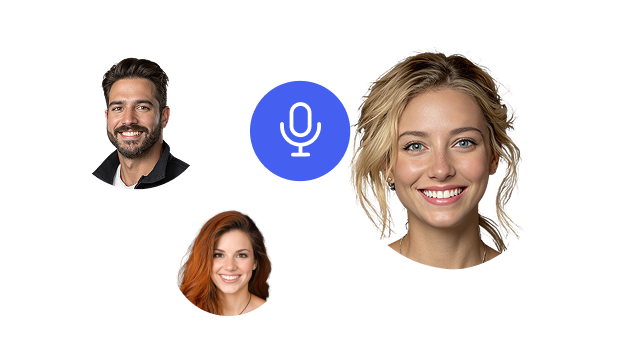Music transcription, a cornerstone of music education, is the process of converting a piece of music into written, music notation. Whether it's an audio file, a favorite song on YouTube, or an improvisation, music transcription helps musicians, songwriters, and students to capture, understand, and share the nuances of a song. This article will explore how to transcribe a song, the legality, benefits, and differences between transcription and arrangement. We will also delve into the top music transcription software and services.
How Do You Transcribe a Song?
Transcribing a song involves listening to a music recording and converting it into sheet music or a MIDI file. The transcriber will start by playing back the music, slowing down if necessary, to accurately identify and notate different elements such as melody, rhythm, chords, bass line, and specific features of different instruments. The transcription work often involves several iterations to ensure an accurate transcription.
Is There a Way to Transcribe Music?
Yes, music can be manually transcribed by ear or automatically transcribed using software. Automatic music transcription (AMT) uses algorithms and machine learning to analyze an audio file (mp3, wav, etc.) and create a music notation or MIDI representation of the song. It's crucial to understand that while AMT provides a good starting point, a human transcriber often fine-tunes the output for high-quality transcriptions.
Is There a Program That Can Transcribe Music?
Yes, various transcription software and applications can transcribe music. They range from simple programs that slow down music for manual transcription to advanced software employing machine learning for automatic transcription.
Are Music Transcriptions Legal?
Transcribing music is legal for personal use and educational purposes. However, distributing or selling transcriptions of copyrighted works without permission infringes on copyright laws. To avoid legal issues, it's essential to secure the necessary rights or use music transcription services that respect copyright laws.
Benefits of Music Transcription
Transcribing music has several benefits. It enhances music theory understanding, improves your ear, aids in learning and performing songs, and assists in creating lead sheets. It's also useful for songwriters to transcribe their work for others to play, for musicians to study complex solos or improvisations, and for educators to create specific exercises or adapt pieces for their students.
Music Transcription vs. Arrangement
While a music transcription seeks to replicate a piece of music as accurately as possible, an arrangement alters the piece for different instruments, styles, or difficulty levels. A piano transcription, for instance, will strive to capture every note from a symphonic piece, while an arrangement might simplify or embellish the original.
Time Required to Transcribe a Song
The time to transcribe a song varies depending on the song's complexity, the transcriber's skill and experience, and the desired level of detail. A simple pop song might take a few hours, while a complex orchestral piece could take weeks.
How Do You Get a Music Transcription?
You can transcribe music yourself or use transcription software. Alternatively, professional music transcription services offer accurate transcriptions in various formats like sheet music, MusicXML, or Sibelius files.
Top 8 Music Transcription Software & Apps
- Speechify AI Dubbing: Speechify AI Dubbing is the best you will find. Easily dub your existing or new videos. Let AI take care of all the heavy lifting. You simply upload your video, or share a YouTube video URL. Select your target language and click Dub. That’s it. Yes, Speechify Dubbing can auto detect the source language of your video - you don’t have to specify that.
- Sibelius: A powerful music notation software that supports MIDI and MusicXML. It offers various transcription tools like Flexi-time for real-time MIDI transcription.
- Transcribe!: This software allows you to slow down music and adjust the pitch for easier manual transcription. It supports multiple formats, including mp3, wav, and MIDI.
- AnthemScore: An automatic music transcription software that uses machine learning to convert audio files into sheet music and MusicXML.
- ScoreCloud: This app instantly turns your songs into sheet music using AI. It's user-friendly and supports MIDI.
- Melody Scanner: An iOS app that converts audio recordings into sheet music. Great for quick transcriptions on the go.
- Audioscore Ultimate: This software transcribes CD tracks, mp3, and wav files into notations, offering a high-quality automatic transcription.
- Musescore: A free, open-source music notation software with MIDI input for manual transcription. It's compatible with MusicXML.
- Capo: An iOS app that helps to slow down and isolate parts of a song for easier transcription. It's useful for learning by ear and transcribing solos.
Music transcription is a vital tool for music learning, creating, and sharing. Whether you're manually transcribing your favorite song or using software to decode complex pieces, remember that the goal is to learn, enjoy, and make great music.




